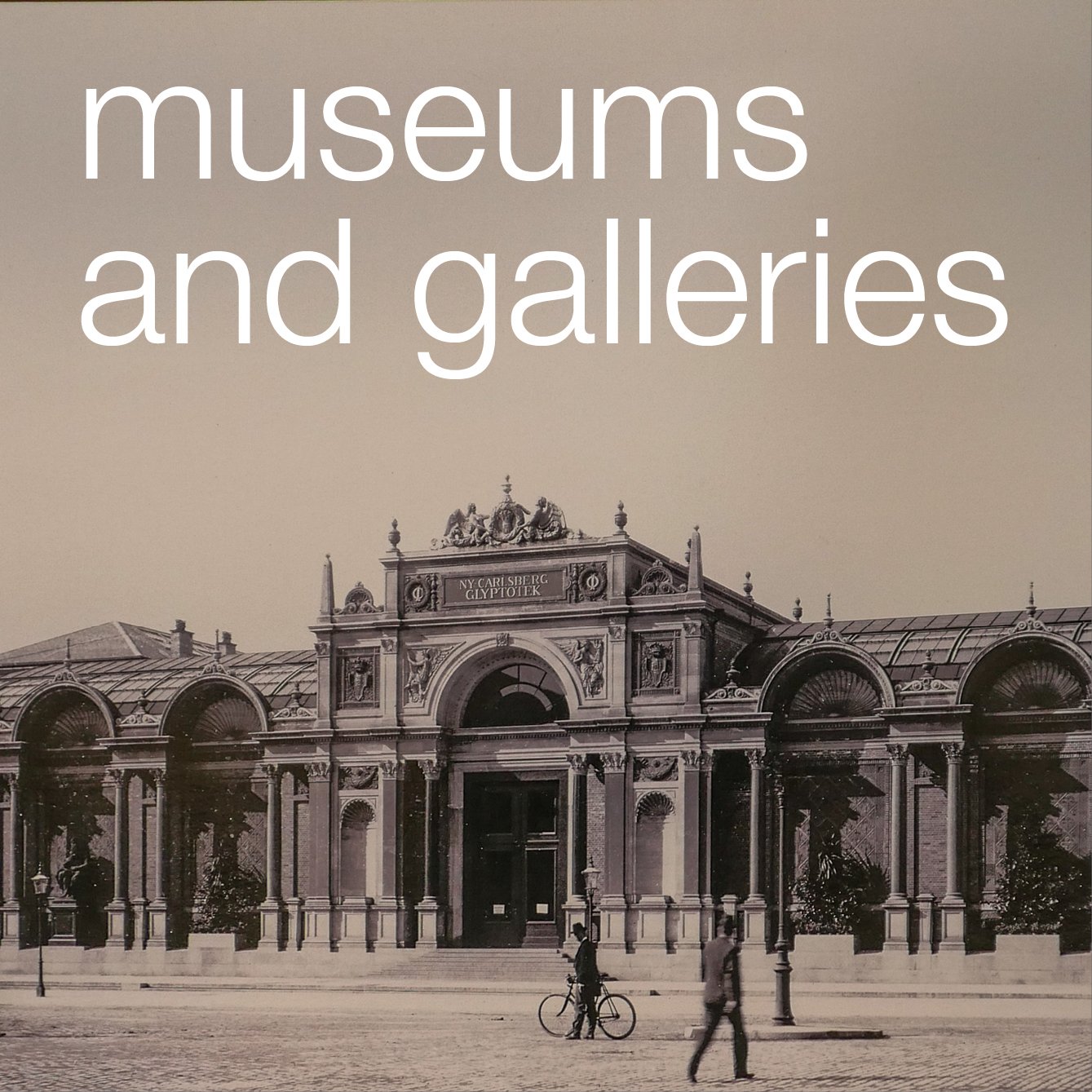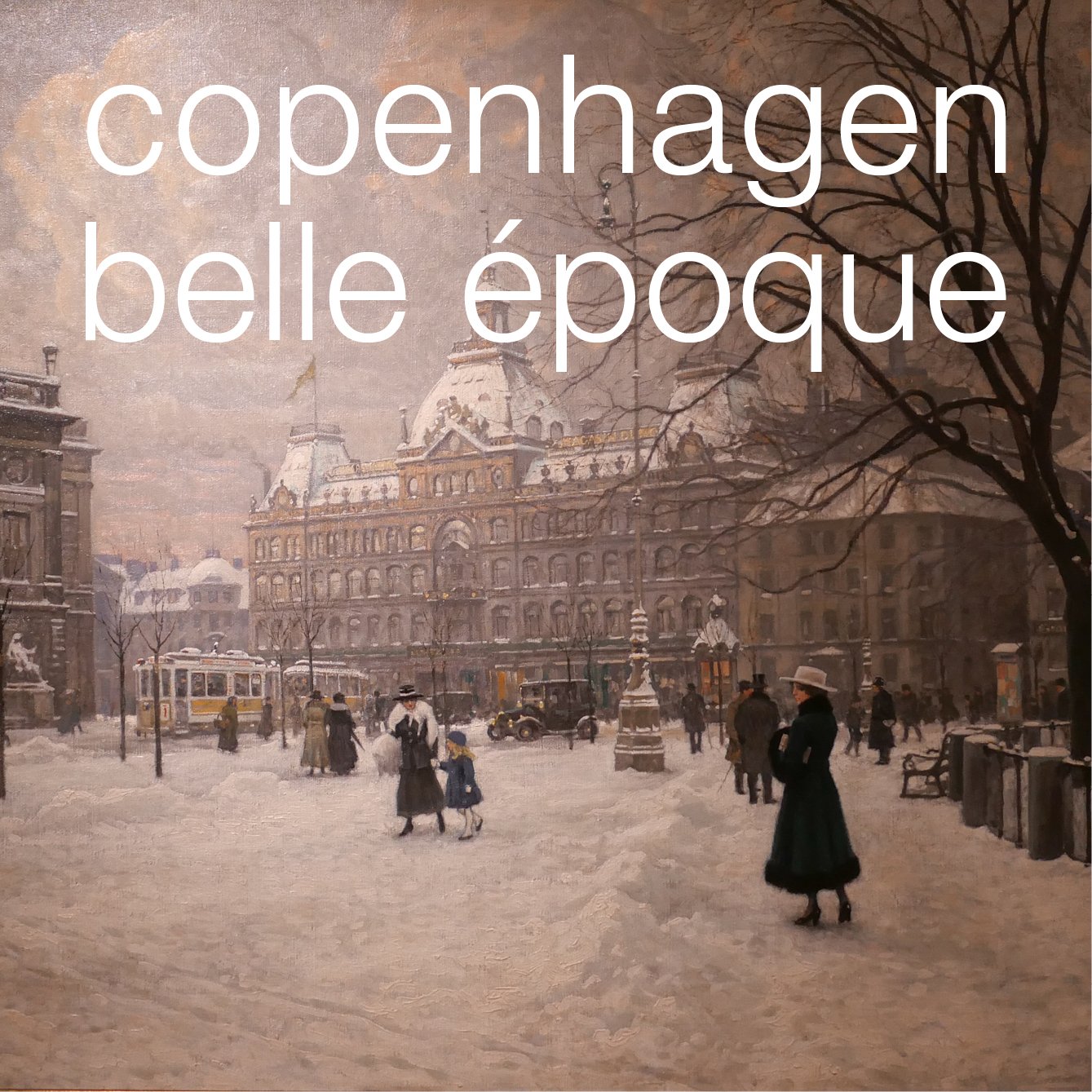texture and tone and growing old gracefully
/warehouses in Christianshavn in Copenhagen - there is a mixture of materials and colours in the building materials but a uniform colour of paint for woodwork helps link the buildings together and the use of stone paving and simple areas of gravel provide a neutral landscape
Generally, until the 19th century, the visual character of towns and cities was determined by the use of relatively local materials unless a building was particularly important and then the cost of importing materials over some distance might be justified.
But today materials can be transported easily and relatively cheaply so one obvious problem now is that new buildings in many cities have lost any specific sense of place.
When choosing materials, rather than understanding the local topography and specific geology, the architect has to consider cost and factors like the sustainability of materials or their insulation properties so, with many new buildings - particularly commercial buildings - there is a feeling that economics or engineering have determined what the building looks like as much as specific aesthetic considerations.
And with some buildings, the design appears to be more influenced by ego … either that of the architect or the client … or at least there appears to be a clear determination to be different or novel rather than having any strong empathy for the location and for neighbouring buildings.
And often there appears to be little consideration for the texture and the tone of materials or for how materials will wear and weather over time.











